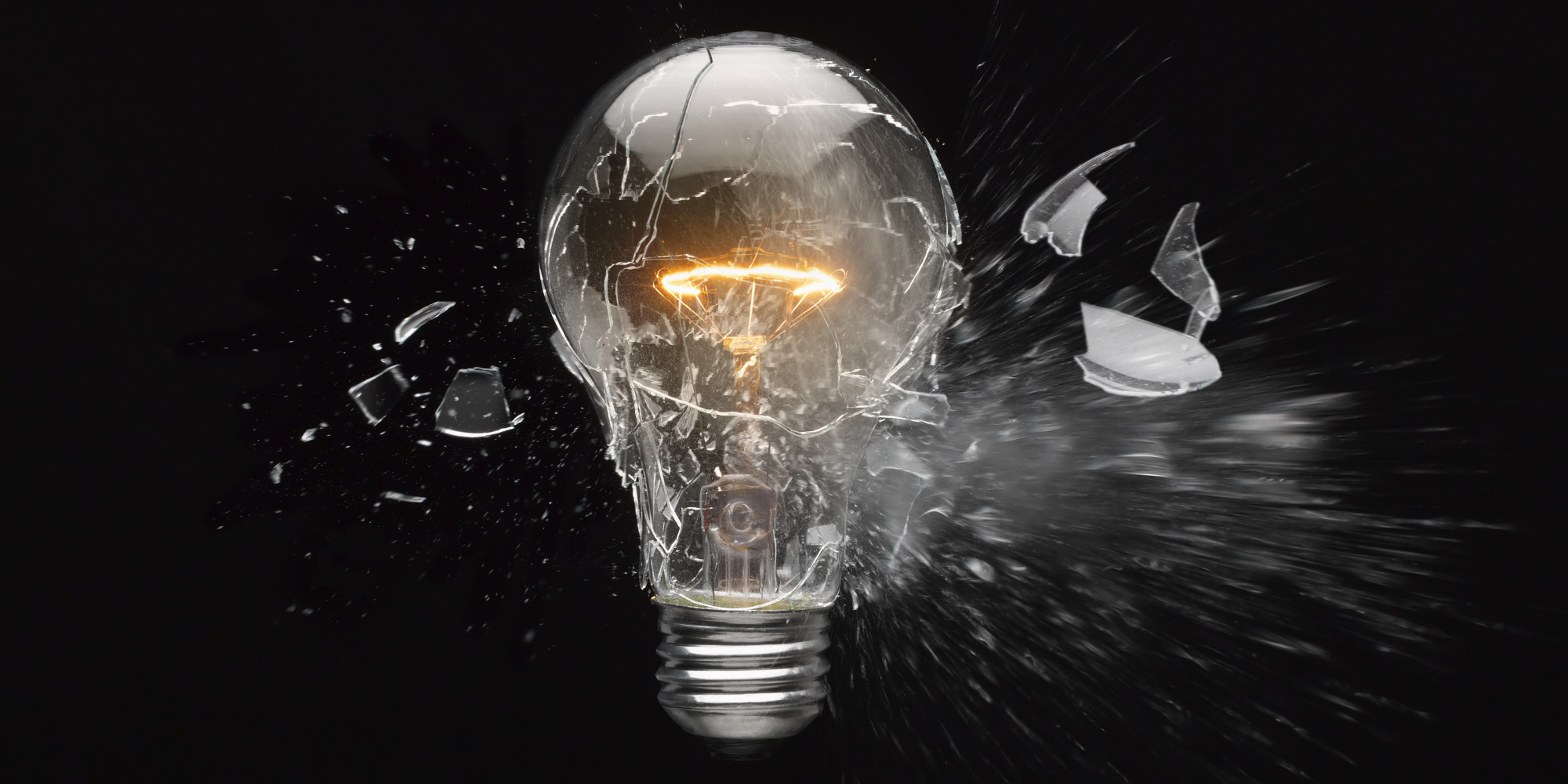

Articles
Light Bulb Blows Out When Turned On
Modified: January 6, 2024
Find informative articles about why your light bulb blows out when turned on. Discover tips and solutions to prevent this issue and ensure long-lasting bulbs.
(Many of the links in this article redirect to a specific reviewed product. Your purchase of these products through affiliate links helps to generate commission for Storables.com, at no extra cost. Learn more)
Introduction
Have you ever experienced the frustrating moment when you turn on a light bulb, only to have it blow out instantly? It can be a perplexing situation that leaves you scratching your head. Why would a light bulb blow out the moment it is switched on? In this article, we will explore the possible causes behind this phenomenon and provide tips on how to prevent it from happening.
There can be several reasons why a light bulb blows out when turned on. It could be due to overvoltage, poor wiring or faulty electrical connections, incompatibility between the bulb and the fixture, using incorrect wattage for the fixture, a power surge, or even a defective light bulb or component failure. Let’s delve deeper into each of these potential causes.
Key Takeaways:
- To prevent light bulbs from blowing out when turned on, ensure proper wattage, inspect electrical connections, and consider surge protectors to safeguard against power surges. Choosing high-quality bulbs and maintaining ventilation are also crucial for longevity.
- Understanding potential causes such as overvoltage, poor wiring, incompatibility, power surges, and defective bulbs can help prevent blown-out bulbs. Regular maintenance, LED bulb upgrades, and professional electrician consultations are essential for hassle-free lighting.
Read more: Light Bulb Is Flickering When Turned On
Possible Causes for Light Bulbs Blowing Out When Turned On
When a light bulb blows out immediately after being switched on, it can be attributed to various factors. Understanding these potential causes can help you troubleshoot and prevent future occurrences. Let’s explore the possible reasons:
- Overvoltage: One common cause of light bulbs blowing out is overvoltage. This occurs when the electrical supply to the fixture exceeds the recommended voltage. Excessive voltage can cause the filament in the bulb to burn out quickly, resulting in a blown bulb. If you suspect overvoltage, it is essential to have a qualified electrician check the electrical system and make any necessary adjustments.
- Poor Wiring or Faulty Connections: Another culprit can be poor wiring or faulty electrical connections. When the wiring in your home or the connections in the light fixture are not properly installed, it can generate a surge of electricity that exceeds the bulb’s capabilities, causing it to blow out. It is crucial to ensure that all electrical connections are secure and that the wiring in your home is properly installed by a professional electrician.
- Incompatibility Between Bulb and Fixture: It is important to use a light bulb that is compatible with the fixture it is being installed in. Using the wrong type of bulb can lead to excessive heat generation, which can cause the bulb to blow out prematurely. Make sure to check the manufacturer’s specifications for the fixture and select a bulb that matches the recommended wattage and bulb type.
- Using Incorrect Wattage: Using bulbs with a wattage higher than what the fixture is designed for can cause the bulb to blow out. The excess heat generated by the higher wattage can put too much strain on the bulb’s filament, leading to its failure. Always check the wattage rating on the fixture and use bulbs that fall within the recommended range.
- Presence of a Power Surge: Power surges can occur when there is a sudden increase in electrical voltage. These surges can happen due to lightning strikes, faulty wiring, or large appliances turning on and off. When a power surge happens, it can cause the light bulb to blow out. To protect your bulbs from power surges, consider installing surge protectors or using bulbs specifically designed to withstand surges.
- Defective Light Bulb or Component Failure: Sometimes, the issue lies with the light bulb itself. A defective bulb or component failure can cause it to blow out prematurely. Inspect the bulb for any visible damage or signs of malfunction before installation. If the issue persists despite using new bulbs, it may be worth checking the fixture or contacting the manufacturer for further assistance.
Understanding these potential causes can help you pinpoint the reason behind your light bulbs blowing out when turned on. By identifying and addressing the underlying issue, you can prevent future occurrences and ensure the longevity of your lighting fixtures.
Overvoltage as a Potential Cause
Overvoltage can be a significant factor in light bulbs blowing out when turned on. When the electrical supply to a light fixture exceeds the recommended voltage, it puts excessive stress on the bulb and its filament, causing it to burn out quickly. Understanding the impact of overvoltage and taking necessary precautions can help prevent this issue.
There are several reasons why overvoltage may occur. It can be due to fluctuations in the power grid, faulty transformers, or even faulty wiring within your home. Overvoltage can also be a result of improper electrical system installation or inadequate protection measures.
So how does overvoltage lead to a blown-out light bulb? When the voltage exceeds the bulb’s specifications, it causes the filament inside the bulb to heat up rapidly. The high temperature weakens the filament, making it unable to withstand the excessive stress. As a result, the filament burns out, leading to a blown bulb.
To prevent overvoltage and protect your light bulbs, it is crucial to address the root cause of the issue. Here are some steps you can take:
- Have your electrical system checked: If you suspect overvoltage in your home, it is advisable to have a qualified electrician assess your electrical system. They can perform a thorough inspection, identify any potential issues, and make the necessary adjustments to ensure the voltage levels are within acceptable ranges.
- Install voltage regulators or stabilizers: Voltage regulators or stabilizers can help maintain consistent voltage levels, preventing fluctuations that can lead to overvoltage. These devices are designed to automatically adjust the voltage and keep it within the optimal range, protecting your light bulbs and other electrical devices.
- Consider surge protectors: Surge protectors are effective in safeguarding your bulbs from sudden power surges caused by external factors. They act as a barrier, absorbing excess voltage and preventing it from reaching your light fixtures. Make sure to choose surge protectors that are appropriate for your specific needs and follow the manufacturer’s instructions for installation.
- Check wiring and connections: Faulty wiring or loose connections can contribute to overvoltage issues. Inspect your electrical wiring to ensure it is in good condition and securely connected. If you notice any signs of damage, such as frayed wires or exposed conductors, it is essential to have them repaired by a professional electrician.
By addressing overvoltage issues and implementing preventive measures, you can protect your light bulbs from premature failure due to excessive voltage. Remember, it is always best to consult a licensed electrician for proper diagnosis and resolution of electrical issues to ensure the safety and efficiency of your lighting system.
Poor Wiring or Faulty Electrical Connections
Poor wiring or faulty electrical connections can be a major contributing factor to light bulbs blowing out when turned on. When the wiring in your home or the connections within the light fixture are not properly installed or maintained, it can lead to electrical irregularities that can cause bulbs to fail prematurely.
Here are some common issues related to poor wiring or faulty electrical connections:
- Loose connections: Loose connections can cause intermittent power supply or fluctuations in voltage, resulting in stress on the light bulb. Over time, this inconsistency can lead to the filament burning out and the bulb blowing out. It is important to ensure that all electrical connections within the fixture, including the socket and wires, are tight and secure.
- Faulty wiring: Faulty wiring is a serious concern that can compromise the entire electrical system in your home. It can cause overvoltage, short circuits, or power surges, all of which can damage light bulbs. Rats or rodents chewing on wires, improper installation, or using low-quality materials can lead to faulty wiring. If you suspect faulty wiring, it is crucial to have a professional electrician inspect and repair it to prevent further issues.
- Poor grounding: Inadequate grounding can result in unstable electrical currents, which can affect the performance of your light bulbs. Without proper grounding, there is a risk of improper dissipation of electrical energy, leading to fluctuations and potential damage to the bulbs. To address grounding issues, consult with an electrician to ensure that your electrical system is properly grounded.
- Incompatible or damaged sockets: The socket that holds the light bulb plays a crucial role in maintaining a stable electrical connection. Incompatible or damaged sockets can cause poor contact with the bulb, resulting in irregular power supply that can make the bulb blow out when turned on. If you notice signs of wear or damage on the socket, it is advisable to replace it with a suitable and functioning socket.
Preventing light bulbs from blowing out due to poor wiring or faulty electrical connections involves taking the following steps:
- Hire a professional electrician: If you suspect wiring or connection issues, it is best to consult a licensed electrician. They have the expertise to identify and diagnose any wiring problems in your home’s electrical system and ensure that the necessary repairs or replacements are performed accurately and safely.
- Maintain regular inspections: Regularly inspect the wiring and connections in your home to identify any signs of wear, damage, or loose connections. Look for frayed wires, exposed conductors, or signs of burning around electrical outlets. If you notice any issues, contact a professional electrician for immediate repairs.
- Invest in quality materials: When installing or repairing electrical connections, opt for high-quality materials that meet safety standards. Using reliable sockets, properly rated wires, and secure connectors can minimize the risk of poor connections and prevent bulbs from blowing out prematurely.
Addressing poor wiring or faulty electrical connections is essential for maintaining a safe and functioning electrical system in your home. By ensuring proper installation, maintenance, and repairs, you can reduce the occurrence of light bulbs blowing out and enhance the overall performance of your lighting fixtures.
Incompatibility Between the Bulb and the Fixture
Incompatibility between the bulb and the fixture can be a common cause of light bulbs blowing out when turned on. Using the wrong type of bulb or mismatching the wattage can cause excessive heat buildup and lead to premature failure of the bulb.
Here are a few scenarios that can result in an incompatible match between the bulb and the fixture:
- Wrong bulb type: Different light fixtures require specific types of bulbs, such as incandescent, halogen, CFL, or LED bulbs. Using a bulb that is not designed for the fixture can result in improper performance and potential heat-related issues. Always refer to the manufacturer’s instructions or consult a lighting professional to ensure you choose the correct type of bulb for your specific fixture.
- Mismatched wattage: Using a bulb with wattage greater than what the fixture is designed for can generate excess heat, causing the bulb to blow out. On the other hand, using a bulb with wattage lower than the fixture’s rating may not provide adequate illumination. It is important to carefully check the fixture’s wattage rating and match it with the appropriate bulb to ensure compatibility.
- Incorrect base type: The base of the bulb, such as Edison screw or bayonet, must align with the socket in the fixture for proper electrical contact. Using a bulb with an incorrect base type can lead to poor connection, intermittent power supply, and even failure of the bulb. Always ensure that the base type of the bulb matches the socket in the fixture.
- Dimmer switch compatibility: If you are using a dimmer switch with your light fixture, it is crucial to choose bulbs that are compatible with dimming capabilities. Not all bulbs are designed to work with dimmer switches, and using incompatible bulbs can cause flickering, buzzing, or even bulb failure. Look for bulbs specifically labeled as dimmable and check their compatibility with your dimmer switch.
To prevent light bulbs from blowing out due to incompatibility with the fixture, follow these tips:
- Read manufacturer’s instructions: Carefully read the manufacturer’s instructions or specifications for both the fixture and the bulb. Pay attention to the recommended bulb type, wattage range, and any compatibility guidelines. Following these guidelines will ensure proper matching between the bulb and the fixture.
- Consult a lighting professional: If you are unsure about the compatibility between a bulb and a fixture, seek advice from a lighting professional. They can provide guidance and recommend suitable bulb options based on your fixture’s requirements and your lighting preferences.
- Upgrade to LED bulbs: LED bulbs are known for their energy efficiency and compatibility with a wide range of fixtures. Consider upgrading to LED bulbs, which have a longer lifespan and produce less heat compared to traditional incandescent bulbs.
By ensuring compatibility between the bulb and the fixture, you can reduce the chances of light bulbs blowing out when turned on. Take the time to select the right bulb based on the fixture’s specifications, and consult professionals when needed to ensure a proper and safe lighting setup.
Check the wattage of the bulb and make sure it matches the fixture’s rating. Also, inspect the socket for any signs of damage or corrosion. If the issue persists, consult an electrician.
Read more: Light Bulb That Stays On When Power Goes Out
Using Incorrect Wattage for the Fixture
Using incorrect wattage for a light fixture is a common mistake that can lead to light bulbs blowing out when turned on. When the wattage of a bulb exceeds the maximum rating of the fixture, it can cause excessive heat buildup, leading to premature failure of the bulb.
Here are a few important points to understand about wattage and its impact on light bulbs:
- Wattage and brightness: The wattage of a bulb is directly related to its power consumption and brightness. Higher wattage bulbs consume more power and emit more light, while lower wattage bulbs consume less power and emit less light. It is crucial to consider the appropriate wattage to achieve the desired brightness while staying within the fixture’s rating.
- Exceeding maximum wattage: Each light fixture has a maximum wattage rating that specifies the highest wattage bulb it can safely handle. Using a bulb with a wattage higher than the fixture’s rating can generate excessive heat, causing the bulb to blow out. Over time, this excess heat can also pose a fire hazard. Always check the fixture’s maximum wattage rating and select bulbs that fall within the recommended range.
- Diminishing lifespan: When a bulb is exposed to higher wattages than it is designed for, the filament inside the bulb can burn out more quickly. This shortened lifespan is a direct result of the excess heat generated by the increased wattage. Using bulbs with the correct wattage ensures that the filament operates efficiently and can prolong the lifespan of the bulb.
- Underpowered bulbs: On the other hand, using bulbs with wattage lower than the fixture’s rating may not provide adequate illumination. The light output can be too dim, compromising visibility and functionality in the designated area. It is essential to strike the right balance between wattage and brightness to ensure optimal lighting performance.
To prevent light bulbs from blowing out due to incorrect wattage, follow these tips:
- Check the fixture’s maximum wattage rating: Before purchasing bulbs for a fixture, check the maximum wattage rating specified by the manufacturer. Ensure that the bulbs chosen have wattages that fall within the recommended range.
- Consider energy-efficient alternatives: If you desire brighter lighting without exceeding the fixture’s maximum wattage, consider energy-efficient alternatives, such as LED bulbs. LED bulbs can offer higher brightness while consuming lower wattage, making them an excellent choice for energy-conscious individuals.
- Consult lighting professionals: If you are uncertain about the appropriate wattage for your fixture, consulting lighting professionals can provide valuable advice. They can guide you in choosing bulbs with the correct wattage range for optimal performance and longevity.
By using bulbs with the correct wattage for your light fixtures, you can reduce the risk of bulbs blowing out when turned on. Ensuring proper wattage not only prevents premature bulb failure but also promotes safety and efficient energy consumption within your lighting system.
Presence of a Power Surge
A power surge can be a possible cause for light bulbs blowing out when turned on. Power surges occur when there is a sudden and brief increase in electrical voltage. These surges can be caused by various factors, including lightning strikes, faulty wiring, or the operation of large appliances.
When a power surge happens, the electrical voltage supplied to the light bulb exceeds its normal operating range. This sudden increase can overload the bulb and cause it to blow out. Power surges can occur within a fraction of a second, making it difficult to protect your light bulbs from their effects.
Here are a few factors that can contribute to power surges:
- Lightning strikes: Lightning strikes in the vicinity of your home can cause power surges through the electrical lines. While lightning protection systems and surge protectors can help mitigate the effects, they might not always prevent surges from reaching your light bulbs.
- Faulty wiring: Faulty or improperly installed wiring can lead to power surges within your home. Old or damaged wiring, loose connections, or poor grounding can create electrical irregularities that result in surges. It is crucial to have a professional electrician inspect and address any wiring issues to prevent power surges.
- Large appliance operation: When large appliances like air conditioners, refrigerators, or washing machines cycle on and off, they can draw a considerable amount of power. These power fluctuations can create surges that affect other appliances and light bulbs. It is advisable to have dedicated circuits for major appliances to protect your electrical system from the impact of their operations.
To protect your light bulbs from power surges and reduce the chances of them blowing out, consider the following measures:
- Install surge protectors: Surge protectors act as barriers between the electrical supply and your light fixtures. They are designed to absorb and divert excess voltage during power surges, limiting the impact on your bulbs. Install surge protectors at the main electrical panel and consider using individual surge protectors for specific outlets or light fixtures.
- Unplug during storms: During thunderstorms or instances of severe weather, it is advisable to unplug your light fixtures and other electronic devices. This prevents any potential power surges caused by lightning strikes from affecting your bulbs. By disconnecting them from the power source, you can minimize the risk of damage to your electrical equipment.
- Consider whole-house surge protection: If power surges are a frequent occurrence in your area or if you have sensitive electronics, investing in a whole-house surge protection system can provide comprehensive coverage. These systems are designed to suppress and divert surges before they enter your home, protecting all electrical devices, including your light bulbs.
While it is challenging to completely avoid power surges, taking preventive measures can significantly reduce the risk of light bulbs blowing out when turned on. By implementing surge protection solutions and being proactive during storms or power fluctuations, you can safeguard your light bulbs and other electronic devices from the damaging effects of power surges.
Defective Light Bulb or Component Failure
Sometimes, the simple explanation for light bulbs blowing out when turned on is a defective bulb or component failure. Despite proper installation and appropriate wattage, bulbs can still experience manufacturing defects or internal problems that cause them to fail prematurely.
Here are a few factors that can contribute to defective light bulbs or component failure:
- Manufacturing defects: Like any other product, light bulbs can sometimes be flawed from the manufacturing process. These defects can manifest in various ways, such as weak filaments, inconsistent wiring, or faulty components. While these defects might not be immediately apparent, they can cause the bulb to blow out soon after being turned on.
- Poor quality bulbs: Using low-quality or inexpensive bulbs can increase the likelihood of failure. Cheaper bulbs may not undergo the same rigorous testing and quality control measures as reputable and well-known brands. Choosing bulbs from trusted manufacturers can reduce the risk of encountering defective products.
- Component failure: Light fixtures have different components that work together to provide illumination. If any of these components, such as the ballast or driver, experience failure or malfunction, it can result in bulbs blowing out. These components regulate the electrical current and provide the necessary power to the bulb.
- Excessive heat: Heat is the enemy of light bulbs, especially incandescent and halogen bulbs. If a bulb is exposed to temperatures that exceed its recommended operating range, it can cause the filament to weaken and fail. This can occur when the fixture does not provide proper ventilation or insulation, leading to excessive heat buildup around the bulb.
To minimize the chances of defective light bulbs or component failure, consider the following steps:
- Choose reputable brands: Opt for light bulbs from well-known manufacturers with a good reputation. Trusted brands often have better quality control measures in place, reducing the likelihood of encountering defective products.
- Inspect bulbs before installation: Before installing a bulb, carefully inspect it for any visible defects or damage. Check for crooked filaments, loose or corroded connections, or any unusual discoloration. If you notice any issues, return the bulb for a replacement or contact the manufacturer for assistance.
- Monitor bulb performance: Keep track of how long your bulbs last and their overall performance. If you notice a pattern of frequent bulb failures or inconsistencies, it may indicate a larger issue with the fixture or component. In such cases, consult a licensed electrician to examine and address the underlying problem.
While it is difficult to completely eliminate the risk of defective light bulbs or component failure, being attentive to the quality of bulbs and fixtures can minimize the chances of encountering such issues. By choosing reliable brands, inspecting bulbs before installation, and monitoring their performance, you can enhance the longevity of your light bulbs and reduce the occurrence of blown-out bulbs.
Tips to Prevent Light Bulbs from Blowing Out When Turned On
Experiencing light bulbs blowing out when turned on can be frustrating and inconvenient. To help minimize this issue and prolong the life of your bulbs, here are some useful tips to follow:
- Choose high-quality bulbs: Invest in bulbs from reputable manufacturers known for their quality and durability. Higher-quality bulbs are less likely to have manufacturing defects or premature failures.
- Select the right bulb type: Ensure that you are using the correct type of bulb for your specific fixture. Different fixtures require specific types such as incandescent, fluorescent, CFL, or LED bulbs. Using the wrong type can cause compatibility issues and potential bulb failure.
- Check the wattage rating: Always adhere to the recommended wattage specifications for your fixtures. Using bulbs with wattage higher than what the fixture is designed for can lead to excessive heat and premature bulb failure. Check the fixture’s maximum wattage rating and use bulbs within that range.
- Inspect sockets and connections: Regularly inspect the sockets and connections to ensure they are clean, secure, and free from any signs of corrosion or damage. Loose or corroded connections can cause faulty power supply, leading to bulb failure.
- Consider surge protectors: Install surge protectors to safeguard your bulbs from sudden power surges. Surge protectors help divert excess voltage away from your bulbs, reducing the risk of blown-out bulbs due to electrical irregularities.
- Properly ventilate fixtures: Ensure that your fixtures have proper ventilation to dissipate heat effectively. Excessive heat buildup can cause premature bulb failure. Avoid covering fixtures with lampshades or other items that can obstruct airflow.
- Upgrade to LED bulbs: LED bulbs are known for their energy efficiency and long lifespan. They produce less heat compared to traditional incandescent bulbs, making them less prone to premature failure. Consider switching to LED bulbs for improved efficiency and durability.
- Avoid frequent on-off cycles: Constantly turning lights on and off can cause stress on the bulb’s filament. Try to minimize frequent switching whenever possible. If needed, consider using LED bulbs, as they are not affected by frequent on-off cycles like traditional incandescent bulbs.
- Follow proper handling and installation: Handle bulbs with care and avoid touching the glass surface with bare hands, as natural oils can damage the bulb and shorten its lifespan. Ensure bulbs are properly installed in their sockets, making secure and snug connections.
- Regularly clean fixtures: Dust and debris can accumulate on light fixtures and contribute to heat buildup. Clean fixtures regularly to remove any obstructions that could restrict airflow and lead to bulb failure.
By following these tips, you can significantly reduce the frequency of light bulbs blowing out when turned on. Ensure you choose the right bulbs, maintain proper electrical connections, protect against power surges, and pay attention to proper ventilation and installation. Taking these preventative measures will help extend the lifespan of your bulbs and provide consistent illumination for your space.
Read more: Lights Flicker When AC Turns On
Conclusion
Experiencing light bulbs blowing out when turned on can be a frustrating and inconvenient issue. However, by understanding the potential causes behind this phenomenon and implementing preventative measures, you can minimize the occurrence of blown-out bulbs and prolong their lifespan.
We explored various factors that can contribute to light bulbs blowing out, including overvoltage, poor wiring or faulty electrical connections, incompatibility between the bulb and the fixture, using incorrect wattage, the presence of power surges, and defective bulbs or component failure. Each of these factors poses a unique risk to the longevity of your bulbs.
To prevent light bulbs from blowing out, it is important to choose high-quality bulbs from reputable manufacturers, select the correct bulb type for your fixture, and ensure you are using the appropriate wattage. Regularly inspect sockets and connections, and consider installing surge protectors to safeguard against power surges. Maintaining proper ventilation in your fixtures, upgrading to LED bulbs, and following proper handling and installation techniques can also help prevent premature bulb failure.
By implementing these tips and regularly maintaining your lighting system, you can reduce the frequency of blown-out bulbs and enjoy consistent and reliable illumination in your space. Additionally, consulting with a professional electrician can provide further guidance and assistance in diagnosing any underlying electrical issues.
Remember, the key to preventing light bulbs from blowing out lies in a combination of proper installation, careful bulb selection, and attentive maintenance. By taking these proactive steps, you can ensure the longevity of your light bulbs and enjoy hassle-free lighting for years to come.
Frequently Asked Questions about Light Bulb Blows Out When Turned On
Was this page helpful?
At Storables.com, we guarantee accurate and reliable information. Our content, validated by Expert Board Contributors, is crafted following stringent Editorial Policies. We're committed to providing you with well-researched, expert-backed insights for all your informational needs.
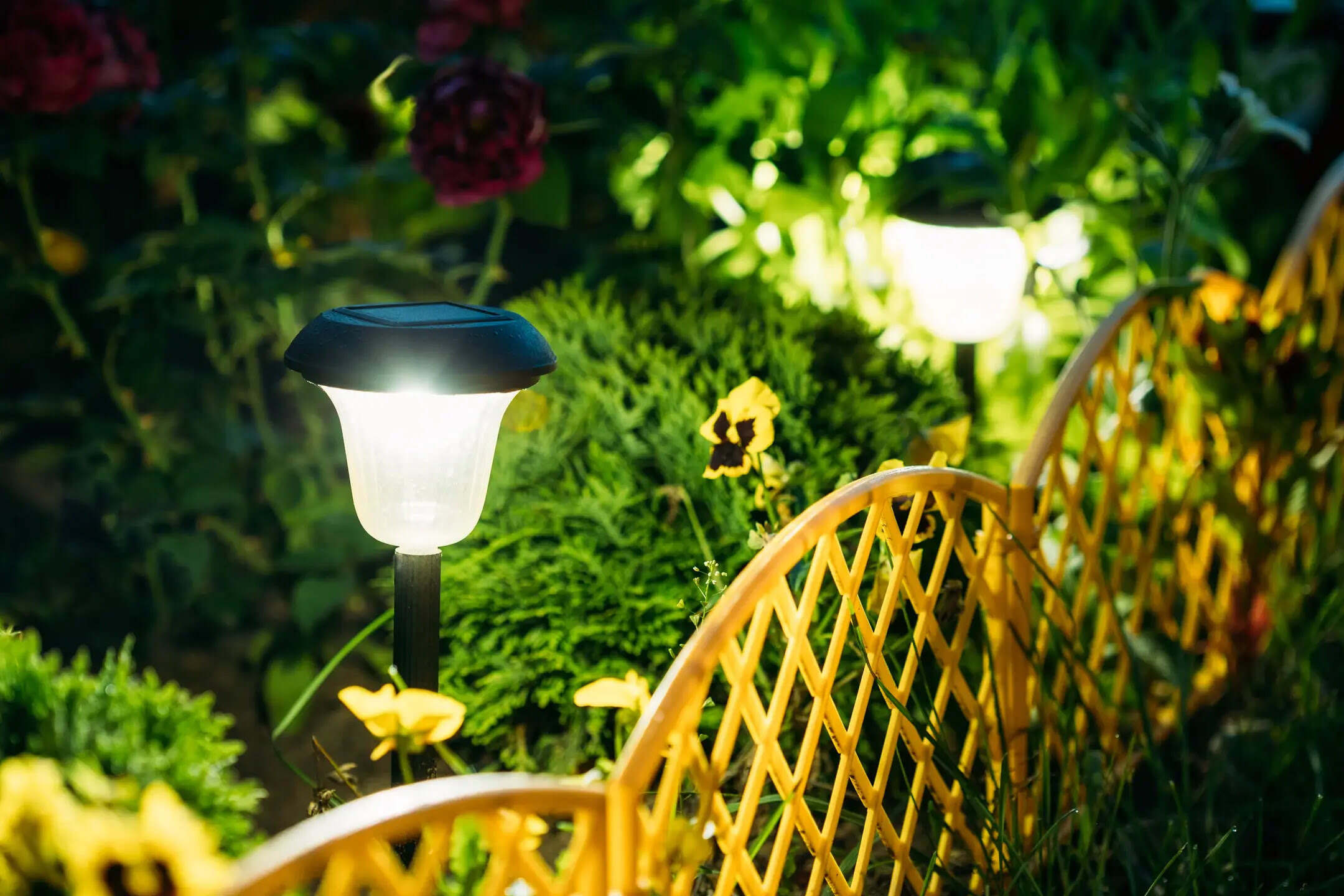
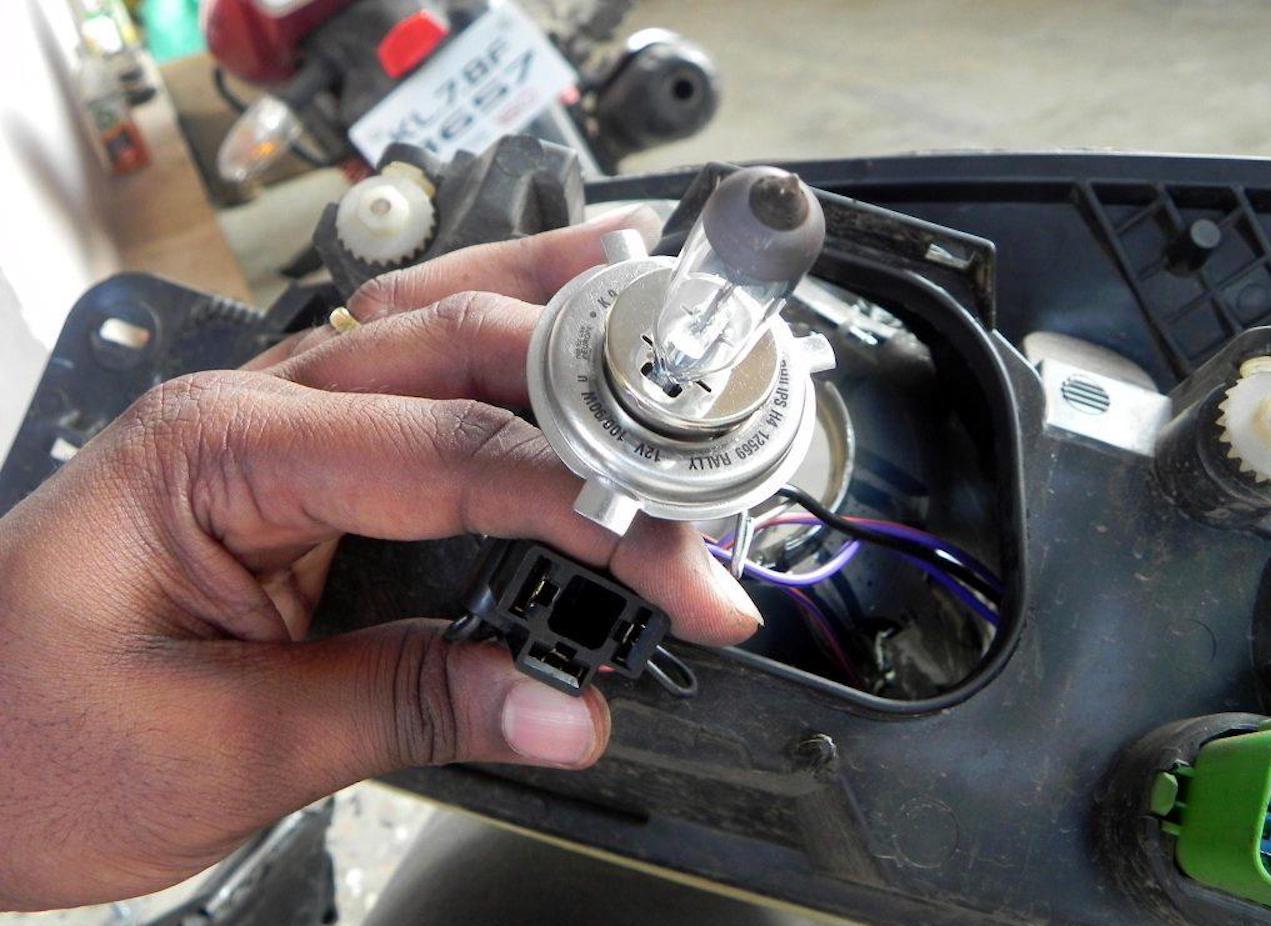
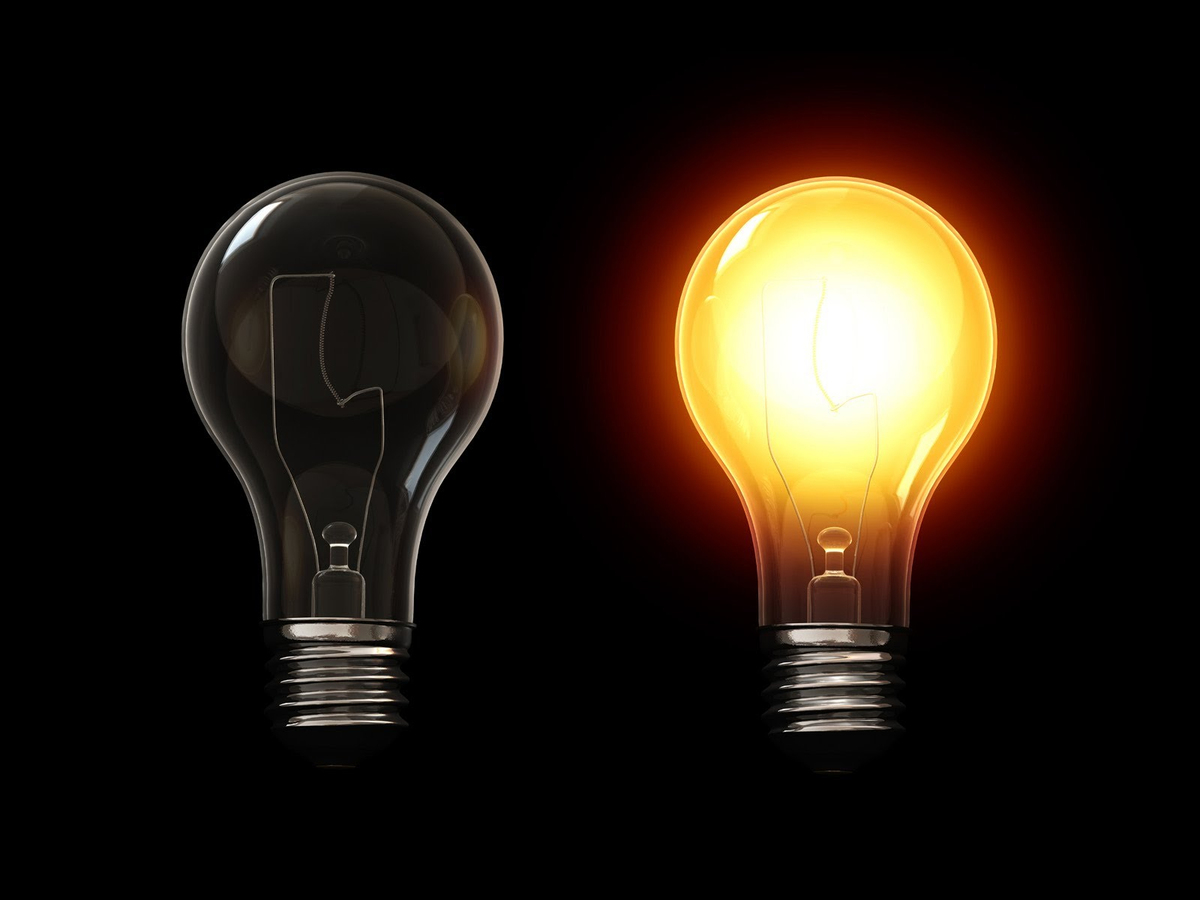
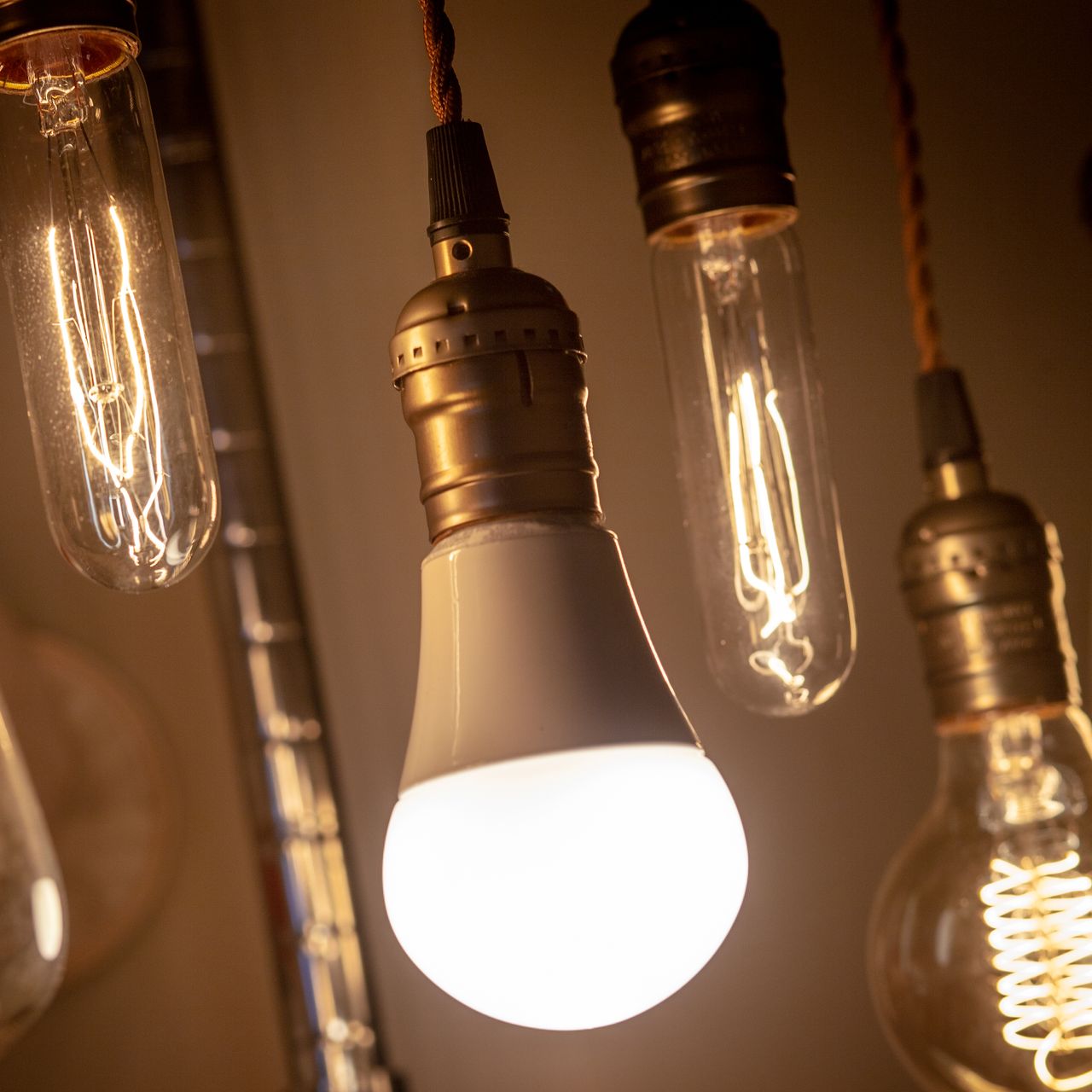
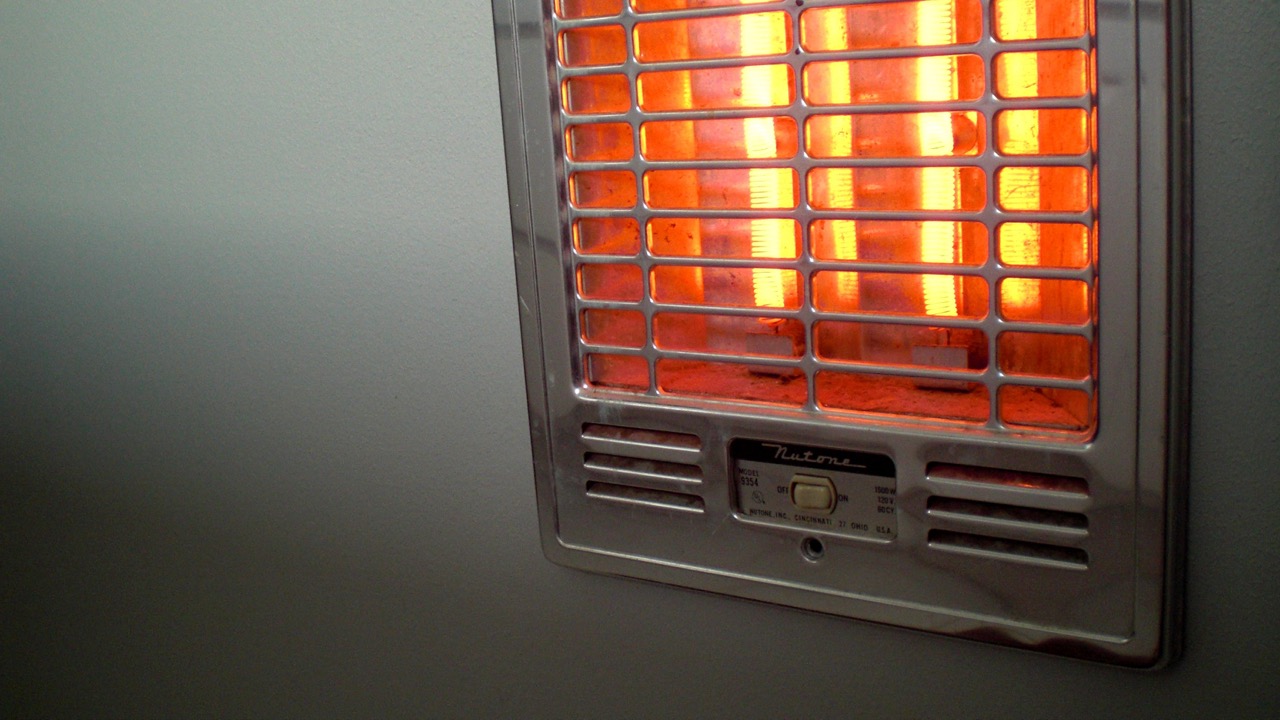
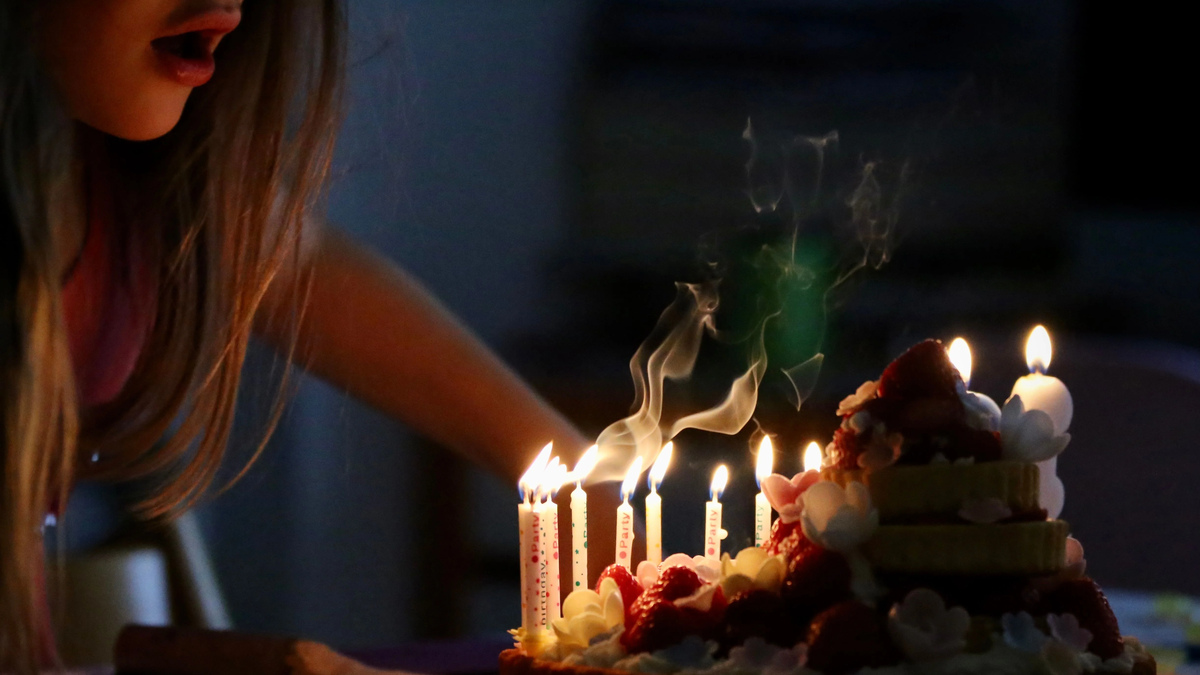
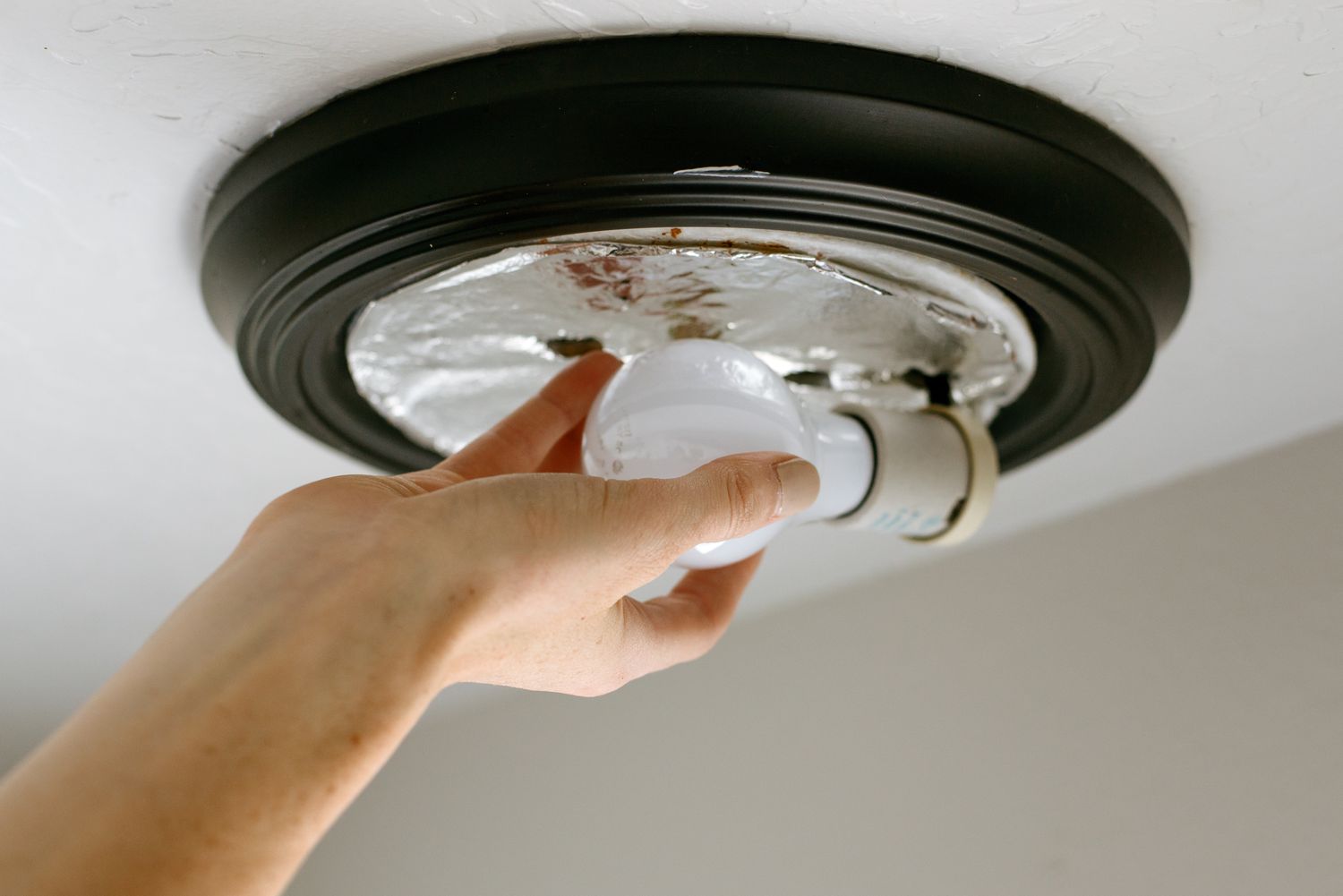
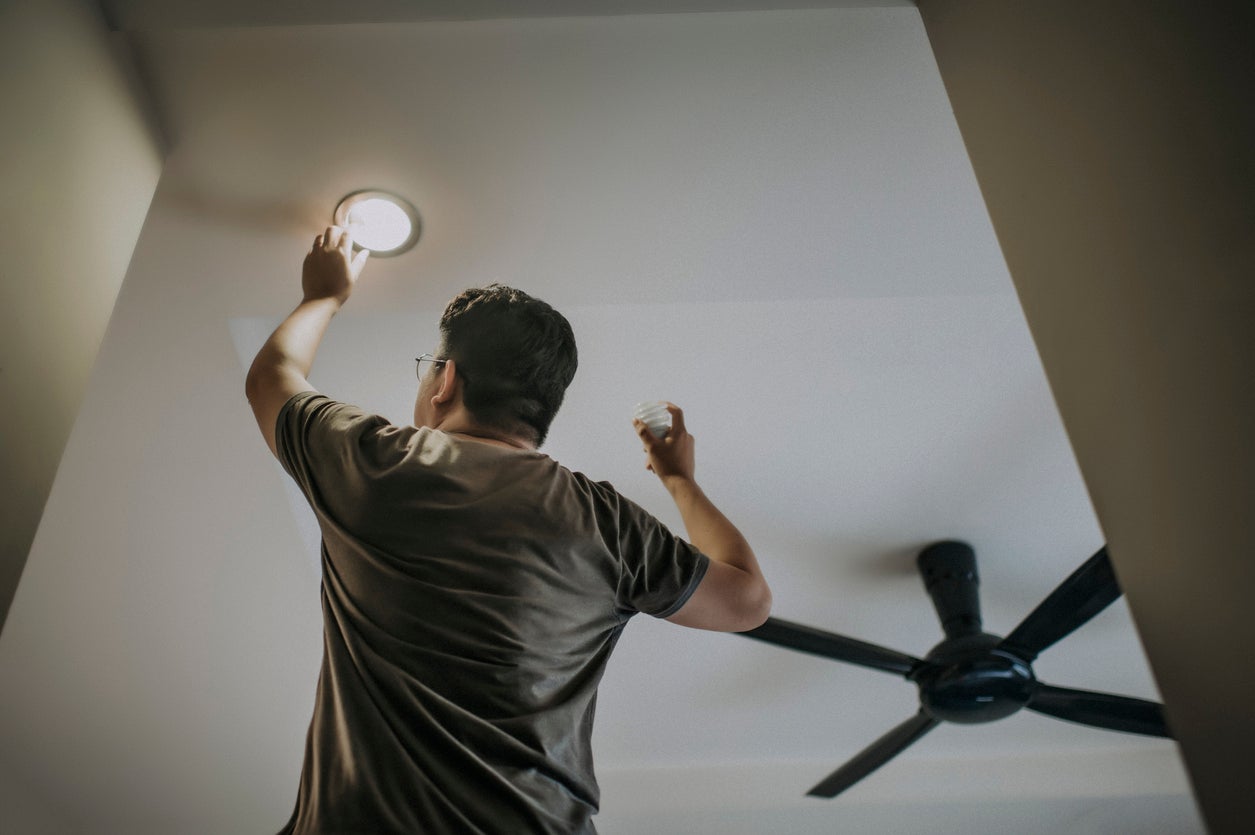
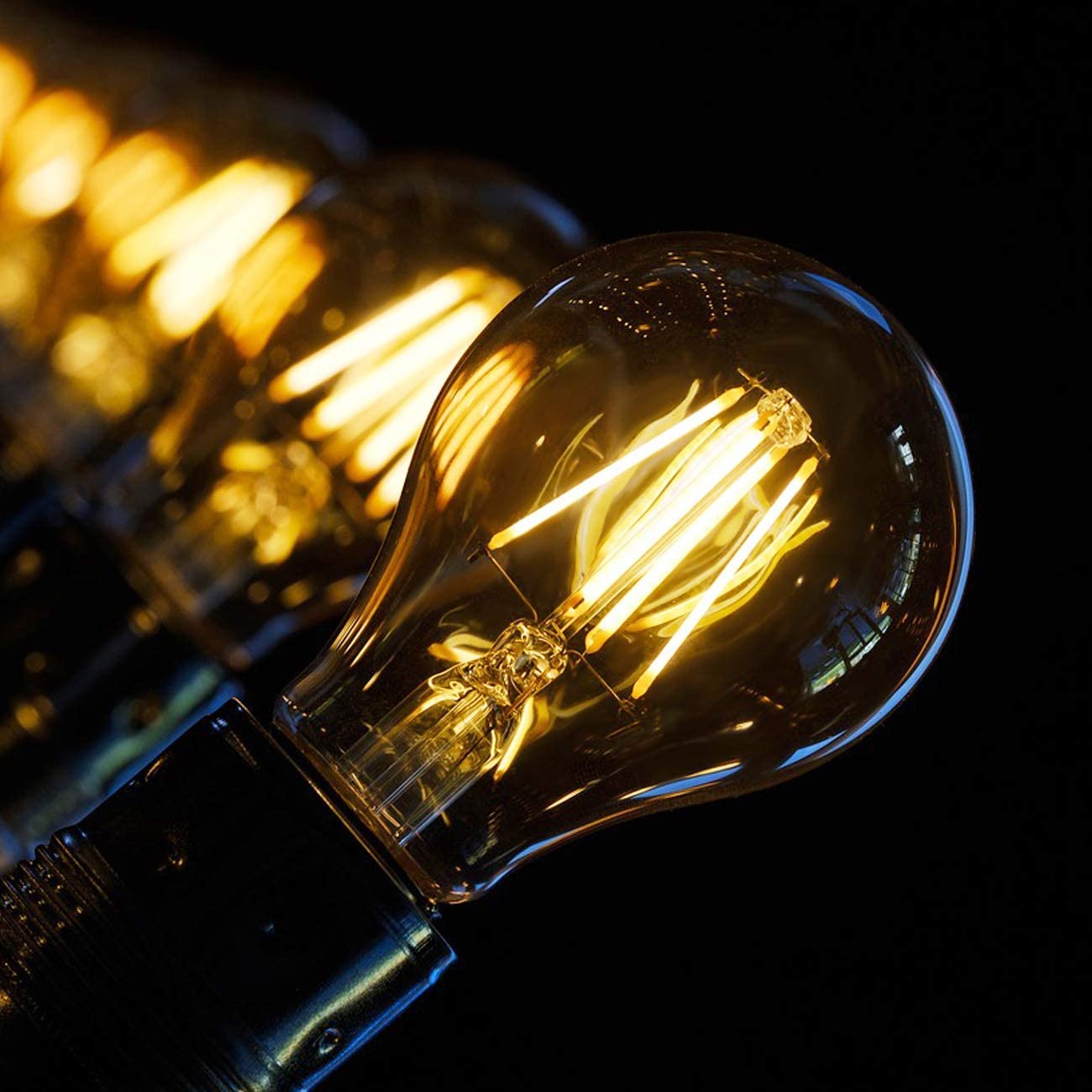
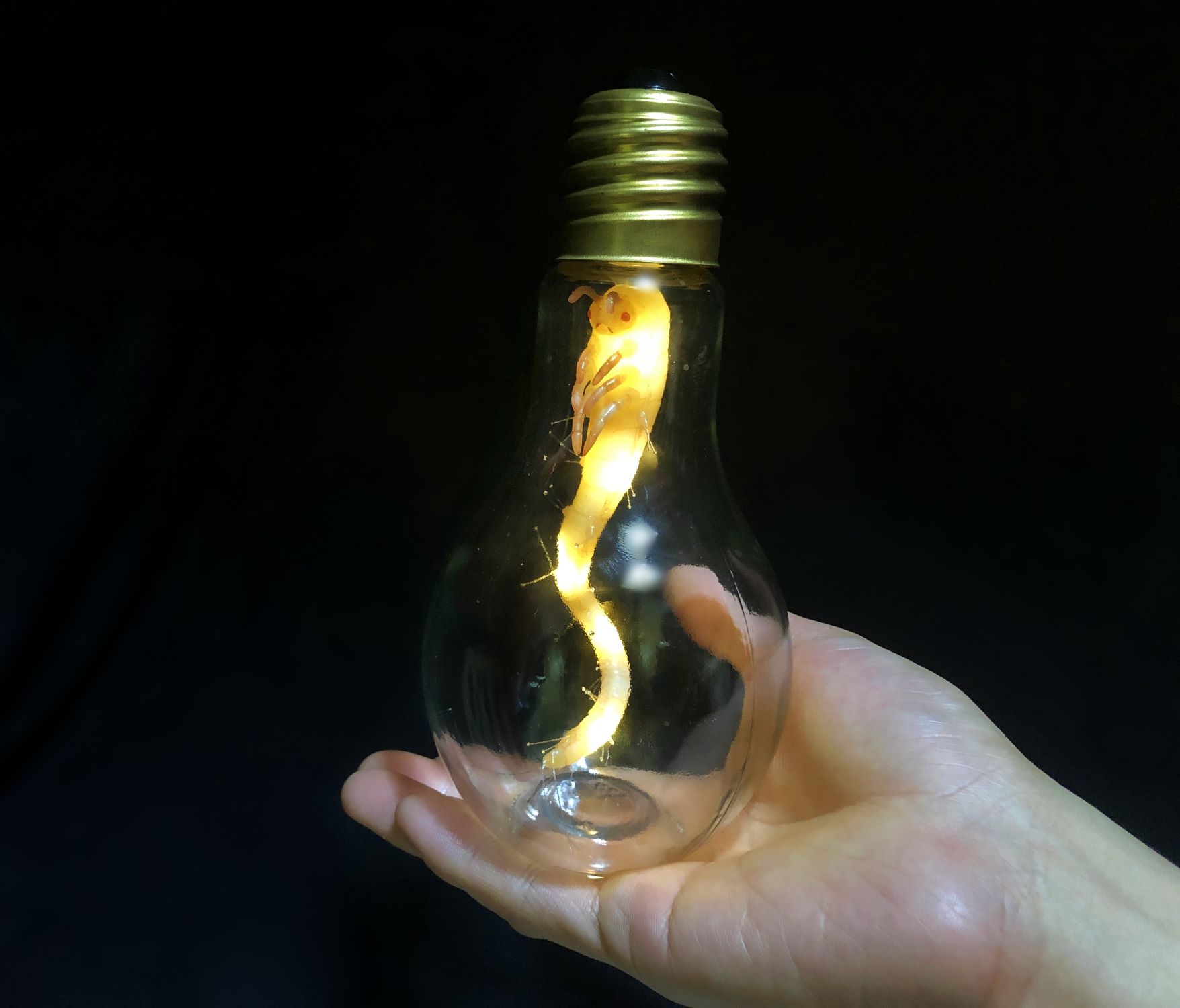
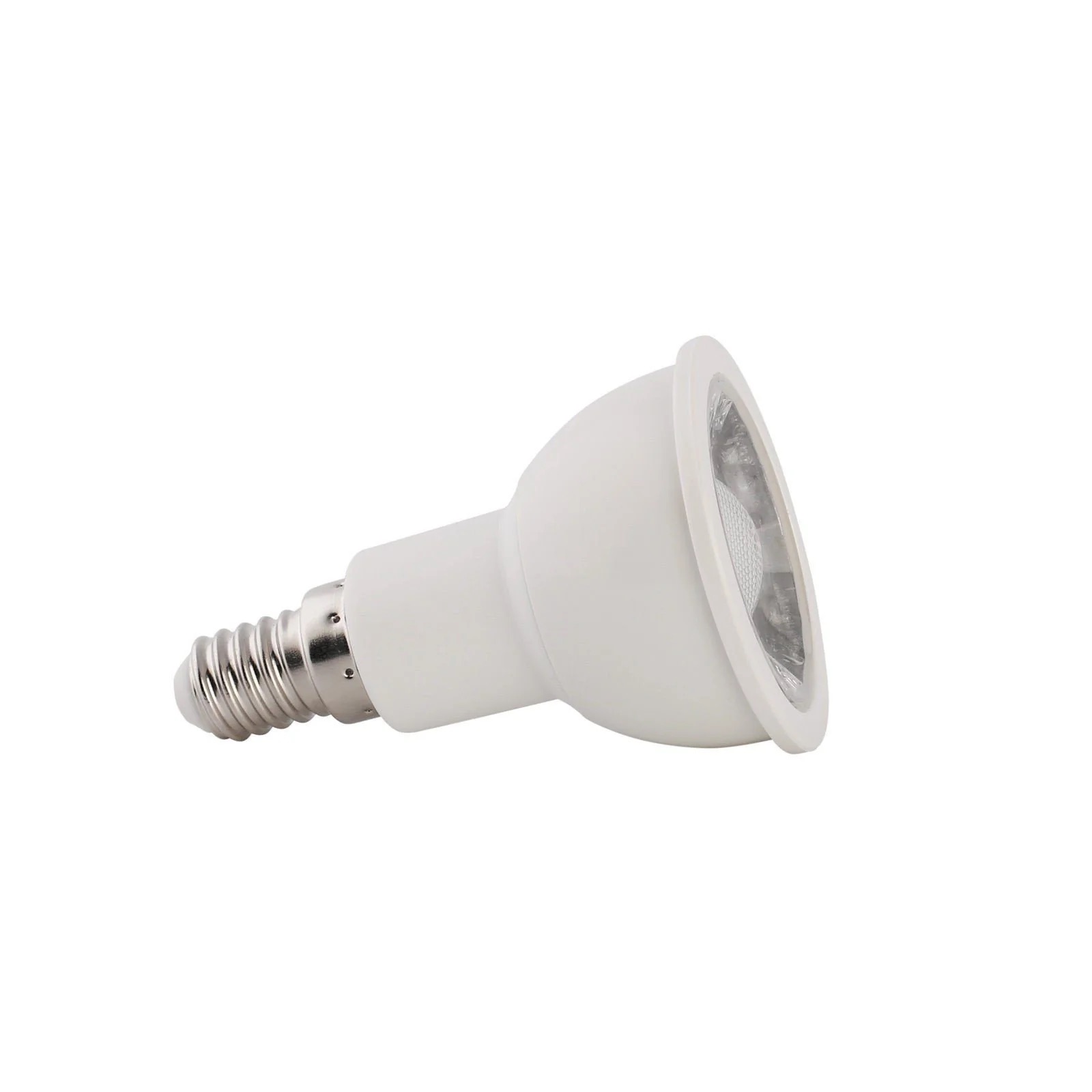
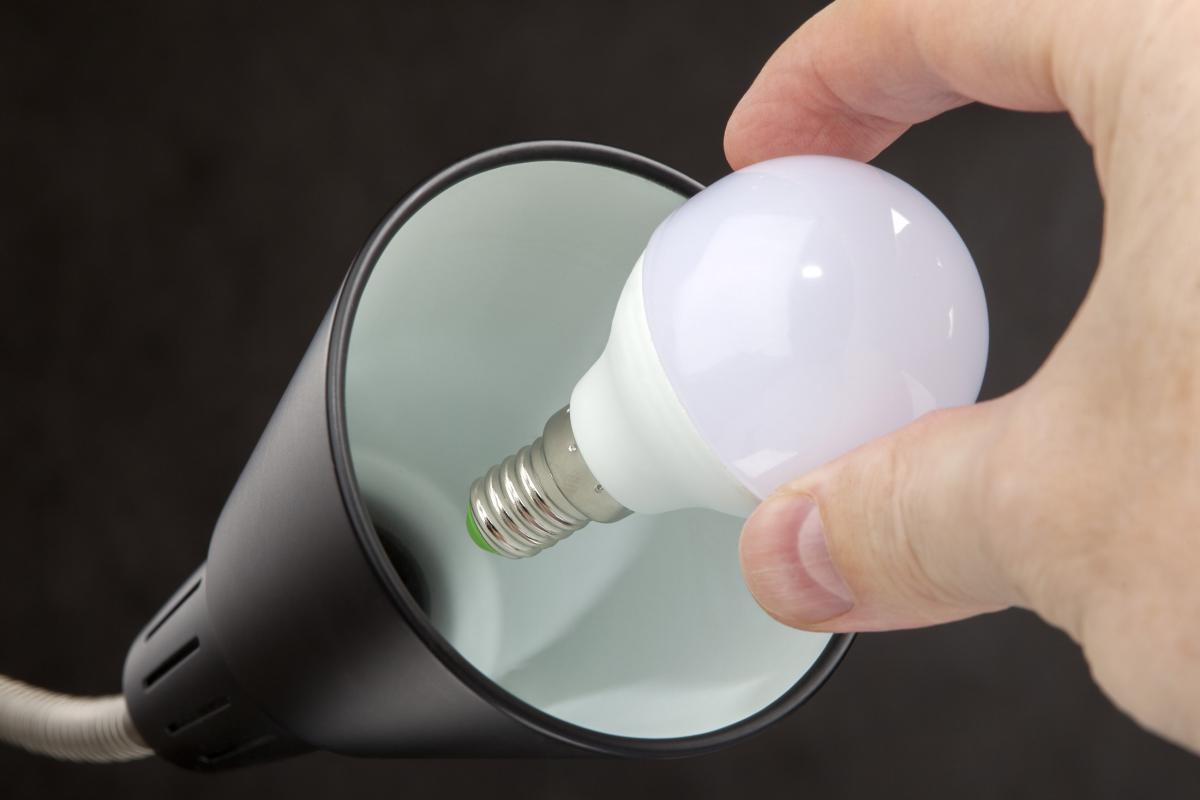
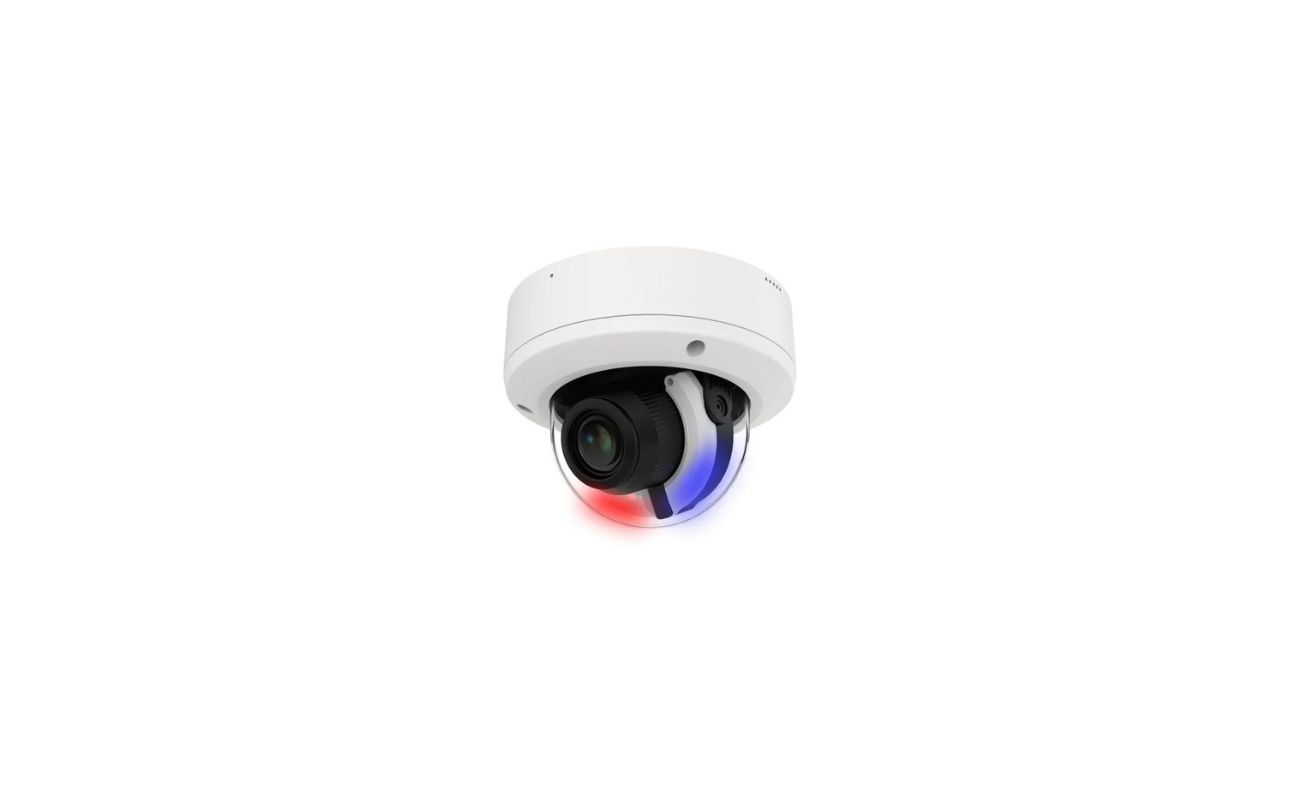

0 thoughts on “Light Bulb Blows Out When Turned On”